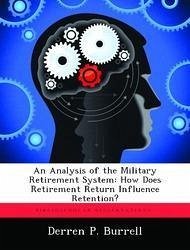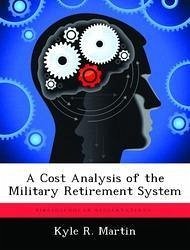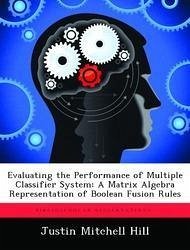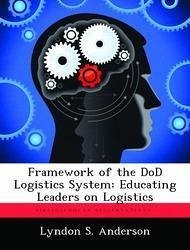Nicht lieferbar

An Analysis of the Military Retirement System: How Does Retirement Return Influence Retention?
Versandkostenfrei!
Nicht lieferbar
The cost of the current Department of Defense (DoD) defined-benefit retirement plan has long been a source of consternation within Congress and the DoD (Freedberg, 1999:35). Billed as being too costly in the private sector, many firms have elected to switch from defined benefit plans to defined contribution plans, most often a 401K retirement plan (Chassen, 1990:18). This thesis attempts to capture the effect of the current military retirement plan on rates of retention. The goal of this study is to be used as a tool should the Department of Defense decide to move from a defined-benefit plan t...
The cost of the current Department of Defense (DoD) defined-benefit retirement plan has long been a source of consternation within Congress and the DoD (Freedberg, 1999:35). Billed as being too costly in the private sector, many firms have elected to switch from defined benefit plans to defined contribution plans, most often a 401K retirement plan (Chassen, 1990:18). This thesis attempts to capture the effect of the current military retirement plan on rates of retention. The goal of this study is to be used as a tool should the Department of Defense decide to move from a defined-benefit plan to a defined-contribution plan. Previous studies (e.g., Asch et al., 1998) have explored different methods in comparing various retirement systems, largely based on organizations meeting their retention and performance goals. The model introduced in this study will test the extent to which the rate of return associated with the current military retirement system influences the organization's retention goals while simultaneously helping the individual meet his or her long-term financial security goals. This work has been selected by scholars as being culturally important, and is part of the knowledge base of civilization as we know it. This work was reproduced from the original artifact, and remains as true to the original work as possible. Therefore, you will see the original copyright references, library stamps (as most of these works have been housed in our most important libraries around the world), and other notations in the work. This work is in the public domain in the United States of America, and possibly other nations. Within the United States, you may freely copy and distribute this work, as no entity (individual or corporate) has a copyright on the body of the work. As a reproduction of a historical artifact, this work may contain missing or blurred pages, poor pictures, errant marks, etc. Scholars believe, and we concur, that this work is important enough to be preserved, reproduced, and made generally available to the public. We appreciate your support of the preservation process, and thank you for being an important part of keeping this knowledge alive and relevant.













